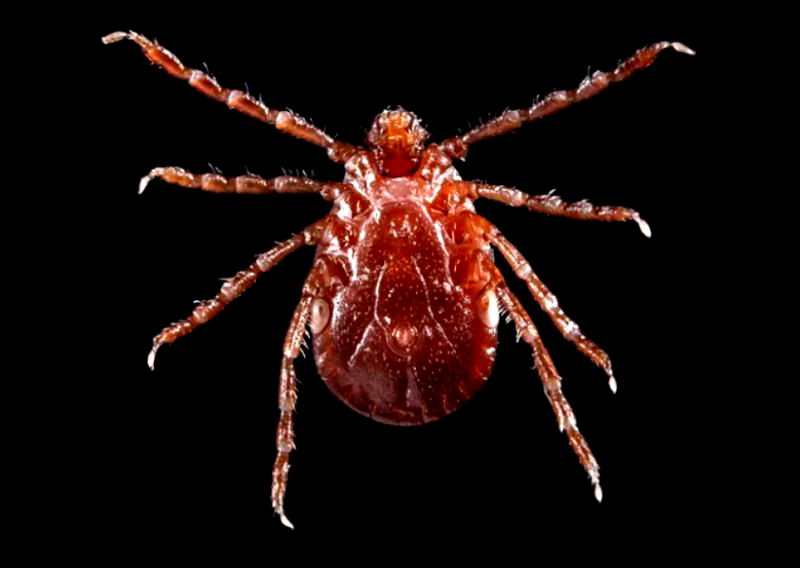8 U.S. States Have Now Been Invaded By an ‘Aggressive’ Tick From Asia



By Carl Samson
A species of tick originating in Asia is rapidly invading the U.S., authorities warn.
Described as an “aggressive biter,” the Asian long-horned tick (Haemaphysalis longicornis) has now spread in at least eight states.
For one, the species can host a virus that causes severe fever with thrombocytopenia syndrome (SFTS), a condition that causes high fever, gastrointestinal problems, and decreased white blood cells and platelets. It killed 30% of those infected in China in 2009, the year it was first reported.
The Asian long-horned tick was first identified in New Jersey back in November. It has since spread in Arkansas, North Carolina, Virginia, West Virginia and New York.
Pennsylvania and Maryland are the latest states to be affected, announcing the tick’s presence on Aug. 3 and Aug. 7, respectively.

The ticks currently present the greatest threat to pets, farm and wild animals through a lethal method called exsanguination, where they collectively drain blood for food, according to Ars Technica.
The ticks also reproduce asexually, which means they do not need to mate.
Females lay up to 2,000 eggs in just a matter of two to three weeks, and putting that into perspective, scientists estimate a ratio of one male for every 400 females.
It is unclear how the Asian long-horned ticks arrived in the U.S. and why they are spreading very rapidly.

Tadhgh Rainey, the entomologist who found the first ticks in New Jersey, recalled them coming from a woman who came to his department after shearing her pet Icelandic sheep.
“I thought she’d have a few,” Rainey said in an interview. “But she was covered in them, easily over 1,000 on her pants alone.”
Andrea Egizi, another entomologist, then identified the ticks’ species through DNA analysis, the New York Times reported.
She found three mitochondrial DNA lineages, suggesting that at least three females spawned the whole invasion.

For now, citizens are urged to protect themselves from the ticks as they would from species that have long plagued the U.S.
These include deer ticks, lone star ticks and various others that are known to transmit Lyme disease, anaplasmosis, babesiosis, Powassan virus, rabbit fever and Rocky Mountain spotted fever, to name a few.
Share this Article
Share this Article